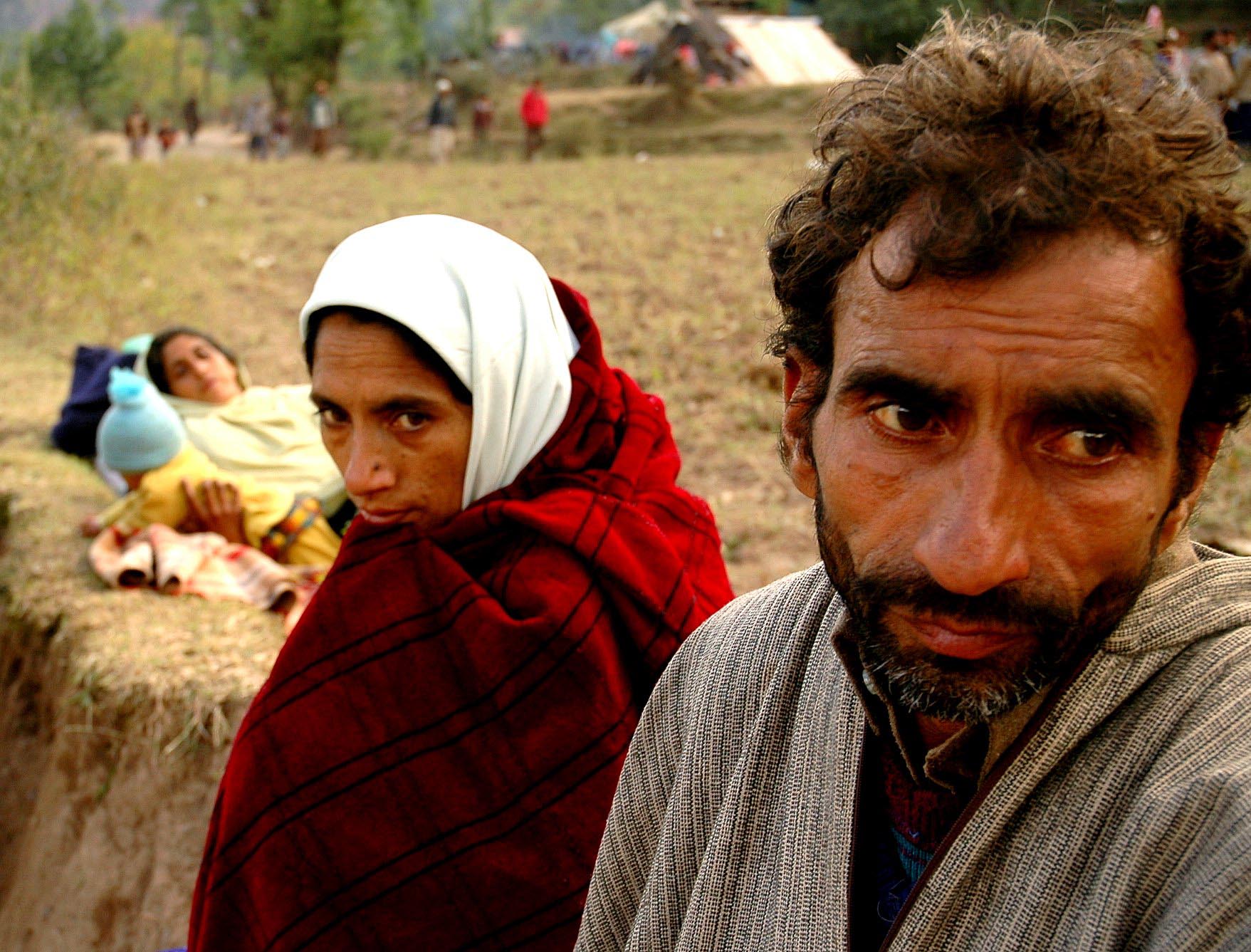
EDITORS’ NOTE: While the predominance of death and destruction from the Oct. 8 earthquake occurred in Pakistan, the following story reports on post-quake needs in the Indian-administered region in Kashmir.
SRINAGAR, Kashmir (BP)–Thousands of quake victims in Kashmir remained huddled on hillsides and in the valleys awaiting help, shivering in an onslaught of snow and unrelenting rains.
Salamat Mir hugged his children close as the thin polythene sheet he had secured to protect his family fluttered in the chilling wind in the Uri sector of Indian-administered Kashmir, which sustained massive destruction in the Oct. 8 earthquake that left 70 percent of the houses severely damaged.
“We will die,” Mir said, his teeth clattering. “We badly need tents and blankets.”
There is a vast shortage of tents in large swathes of tremor-thrashed Kashmir. Neither the government nor volunteer agencies are able to provide enough. By United Nations’ estimates, about 450,000 winter tents are needed immediately in both India and Pakistan, with nearly 100,000 already having been distributed.
With fresh layers of snow shrouding upper reaches of the Tanghdhar valley, the threat of people freezing to death is very real. Normally people here are accustomed to the harsh winters, when the temperature dips to minus 20 degree Celsius. Food grains, dried vegetables and other edibles are stored, along with enough fuel wood to keep them warm through the winter. But the quake obliterated all such stockpiles.
In addition to the shortage of supplies and a trickling flow of aid darkening the scene, the post-traumatic care of the victims also remains an issue.
Villagers shared their woes with a group of visiting disaster relief volunteers. Mushtaq Hussain, a secondary school student in Sangna village, pulled out his notebook to scribble: “Quake shattered our homes. The scene is horrific. I’m very much scared. We have to live under the sky. We got nothing to eat. And the winter is coming. People will die of cold….”
Muhammed Javed, also a student at the school, said he fled from his home as the ceiling creaked and ground shook. Another student Muneer Hussain drew a picture of people running out of their homes.
“It’s time we dealt with the psychological trauma along with rehabilitation issues,” said Abheena Hussain at the Srinagar psychiatric hospital in Indian-administered Kashmir. Five cases of acute stress response, including that of a 10-year-old, had been seen at the facility.
Sajala Begum, who was 35 weeks pregnant when the earthquake struck, waited under the debris of her house for four hours until she was rescued by her husband Mohammed Saleem Mir, a tailor. Doctors at the military base hospital in the tourist city of Srinagar where she was treated told her the child was dead and the chances were remote of her becoming pregnant in the future.
Asif Azad, a college student in Paran Pillan village sat on the rubble and said his life was over. “This was the day of judgment. Everything is finished,” he said.
In one region relief workers found so many needing psychological counsel that mental health workers in some hospitals urged Muslim clergy to help with spiritual healing.
“We need to look beyond what these people say and listen to what they are not speaking about,” said a relief worker serving in the devastated Uri region. “We might be able to give them courage by listening to them and making them believe in the purpose of living. What many need now is trauma counseling and support.”
–30–

















